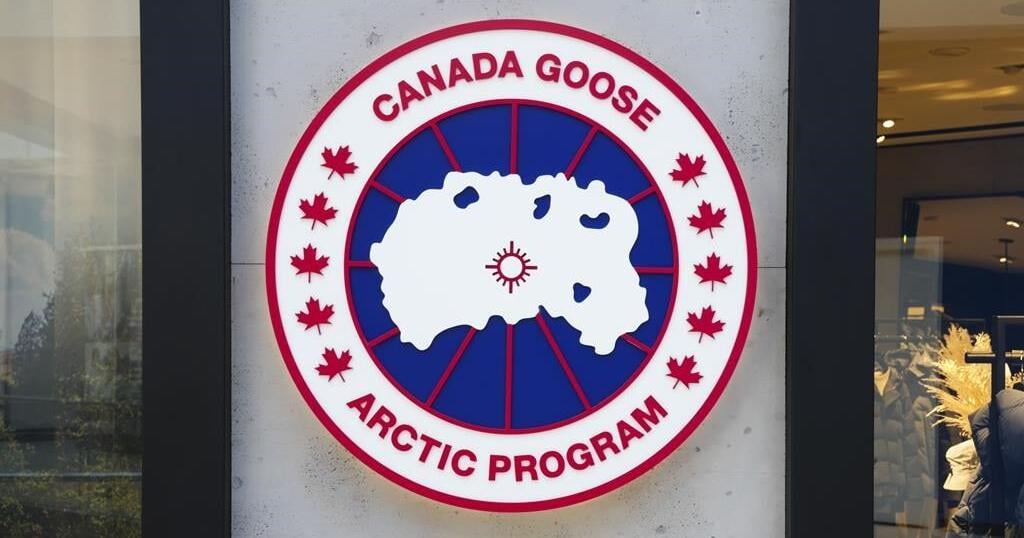Canadian mergers and acquisitions activity for the third quarter hit its highest since 2016 as historically low interest rates and strong equity markets helped companies to revive transactions that were put on hold due to the pandemic.
Dealmaking rose 27.7% to $76.6 billion in the third quarter of the year, but was significantly down from the record $120.3 billion recorded in the first three months of the year, according the Refinitiv data.
Bankers said while factors underpinning M&A exists and pipelines are strong, equity market volatility could slow the deal momentum.
“Higher deal flow in the third quarter was driven by a combination of factors including strong equity markets, historically low borrowing costs and market confidence in a gradual COVID-19 recovery,” said Jake Lawrence, Group Head and CEO, Global Banking and Markets, Scotiabank.
However, he said short term inflationary and supply chain concerns are unlikely to have a material impact on deal flow given investor focus on long-term strategic considerations.
Transportation and infrastructure-focused deals led activity in the third quarter, with $33.6 billion in M&A activity, including Brookfield Asset Management’s A$9.57 billion ($6.95 billion) bid for Australia’s AusNet Services, and Brookfield’s $3.4 billion planned takeover of Dexko Global Inc.
Higher inflation in Canada and the United States has stoked worries about central banks dialling back pandemic-era liquidity support and prospects of higher interest rates. That has increased stock market volatility.
“I guess the big threat that’s overhanging the M&A landscape is the threat of rising interest rates,” said Sarfraz Visram, head of Canadian and international mergers & acquisitions at Bank of Montreal.
“M&A is a lot easier to do when everybody is enjoying a strong equity market but I would say that valuation multiples were getting pretty high … it was hard to justify doing deals at peak multiples,” he added.
Of the deals announced in the first nine months of 2021, Bank of America Corp’s BofA Securities Inc, Bank of Montreal’s BMO Capital Markets and Toronto Dominion Bank’s TD Securities Inc took the top three spots in the advisory rankings.
Despite the strong stock markets, equity offerings fell for the second consecutive quarter, almost halving in the third quarter to C$6.8 billion ($5.42 billion) from the previous quarter, while IPOs dropped by nearly a tenth in the third quarter to C$332 million from the previous three months.
($1 = 1.2549 Canadian dollars)
(Reporting by Maiya Keidan; Editing by Marguerita Choy)
Related






























